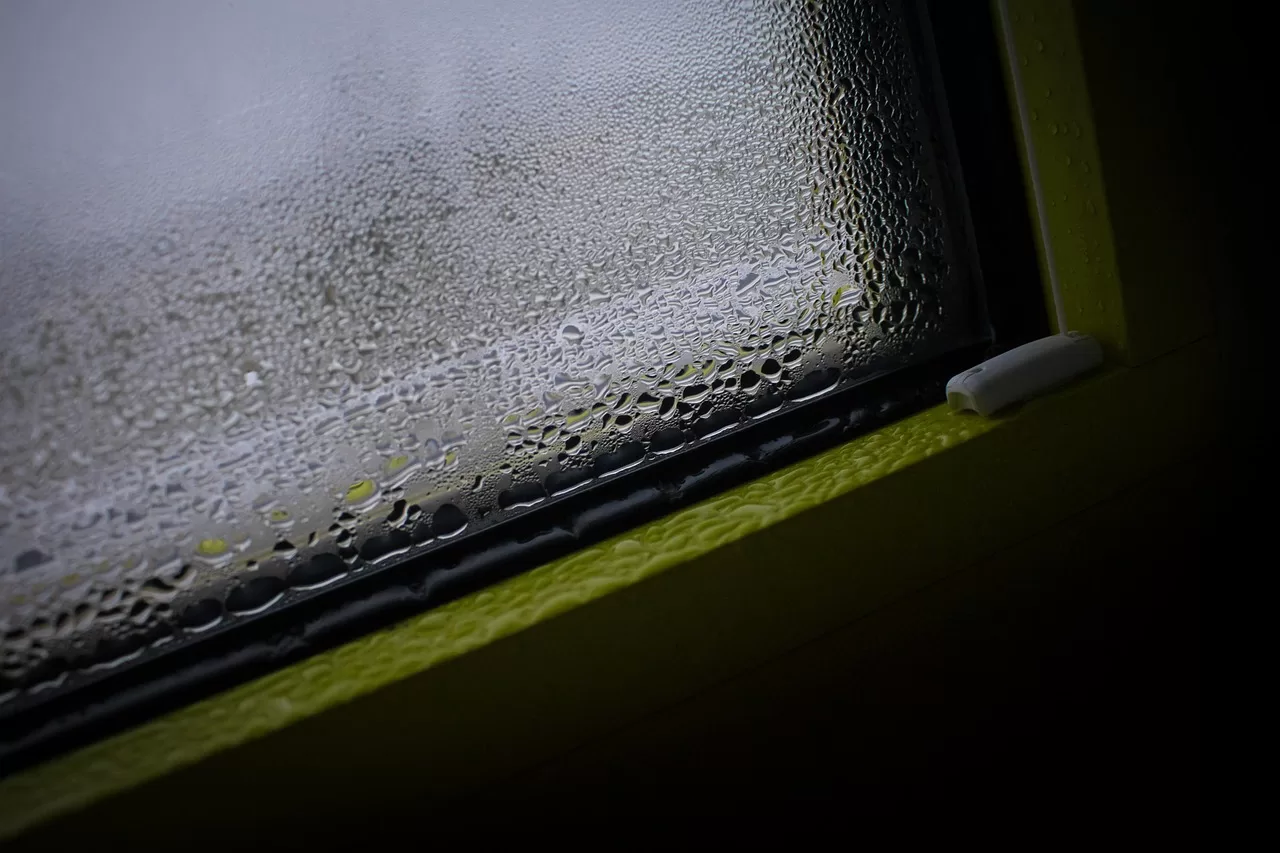Structural damp occurs when unwanted moisture permeates a building. There are different types of damp, but you will likely encounter rising damp or condensation in your home, as these are two of the most common types. Seemingly harmless at first, both can cause mould growth and subsequent health problems, as well as extensive structural damage.
Being able to tell whether you have condensation or rising damp is important, as the type of damp affecting your property will determine the best treatment method and how to prevent it from occurring again. In this article, we’ll look at the difference between rising damp and condensation, common signs to look for, and potential treatment options.
What Is Rising Damp?
Rising damp occurs when water from the ground travels through the walls of a building via capillary action – narrow spaces such as cracks and small holes that push the flow of water upwards. Materials like concrete, stone, and brick are susceptible to rising damp because of their porous structure. Buildings plagued with rising damp are often older and were built without a damp-proof course. However, modern buildings can also be affected if the damp-proof course is damaged.
Recognising the common signs of rising damp will help you make the distinction between rising damp vs condensation. A home with rising damp will typically display some of the following signs:
- Tide marks or water stains
- Peeling plaster, paint, or wallpaper
- Rotting skirting boards
- Black mould spots
- Lifting floor coverings
- Visible white deposits
- Damp or musty odour
Rising damp is harmful as it often leads to timber decay, which can cause structural damage to the property if left untreated. Mould growth can also cause and exacerbate respiratory problems for a home’s occupants.
Treating rising damp isn’t just a matter of replacing skirting boards or reapplying peeled paint. The source of the problem needs to be treated or the problem will reoccur. Treatment typically consists of removing damaged areas, installing a damp-proof course at the base of or in the walls of the building, then effecting repairs. The damp-proof course prevents groundwater from flowing through the wall. Because of the work involved, professional damp proofing is strongly recommended.
What Is Condensation?
Another common damp problem is condensation, where warm water vapour meets cool surfaces and becomes liquid. Excess water vapour is often the result of normal human activity, such as cooking and showering. Therefore, condensation commonly occurs in bathrooms and kitchens. Noting where the damp occurs will help you to determine the difference between rising damp and condensation, as the two share common signs, such as:
- Appearance of black mould
- Peeling wallpaper
- Musty smells
Whereas rising damp primarily affects the lowest level of a building, condensation can happen at any level, and will manifest itself as water droplets on surfaces in humid rooms.
Whether your property has condensation or rising damp, it’s important to treat the issue as soon as possible. Untreated condensation may not cause structural damage in the same way that rising damp does, but it can result in cosmetic damage to walls and fixtures, which can be expensive to fix. Mould caused by rising damp or condensation can become a health hazard for you and your family.
Improving the ventilation of moisture-prone areas can help to reduce condensation. This can be as simple as opening windows and using a dehumidifier or an extractor fan to control humidity levels. Regularly wiping down walls and window frames with soapy water can also help to prevent the growth of black mould.
Contact CS Damp Proofing
The only winning solution in the fight between rising damp vs condensation is professional help. Contact the experts at CS Damp Proofing today at 01765 452510 or via online form to diagnose and treat your property’s damp problem.

